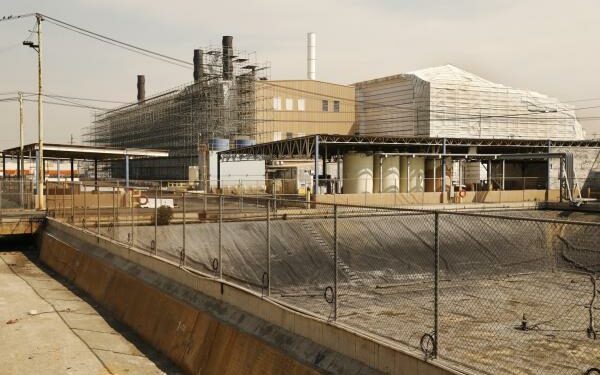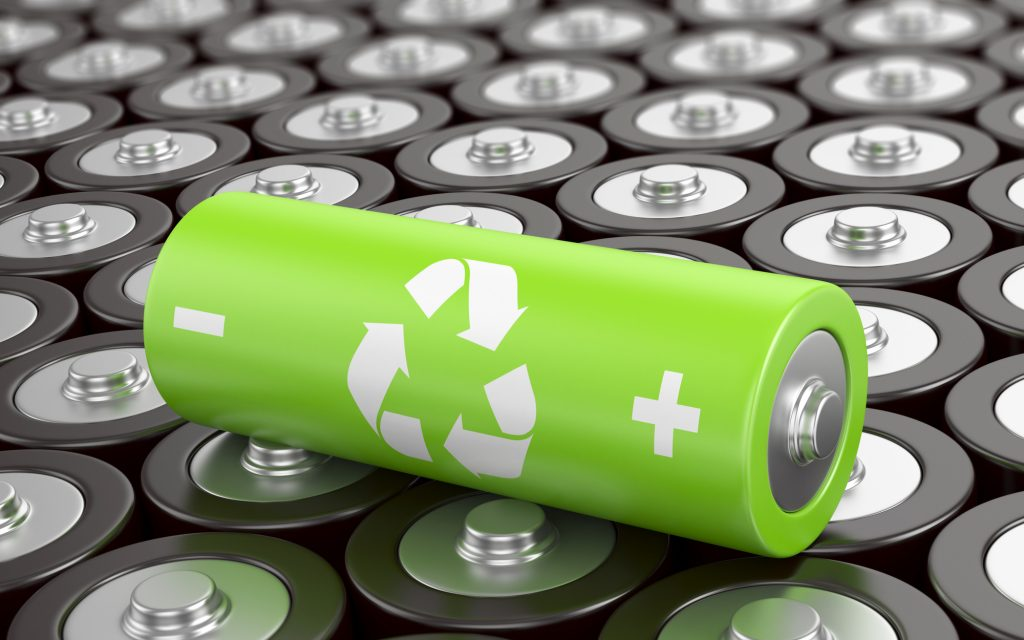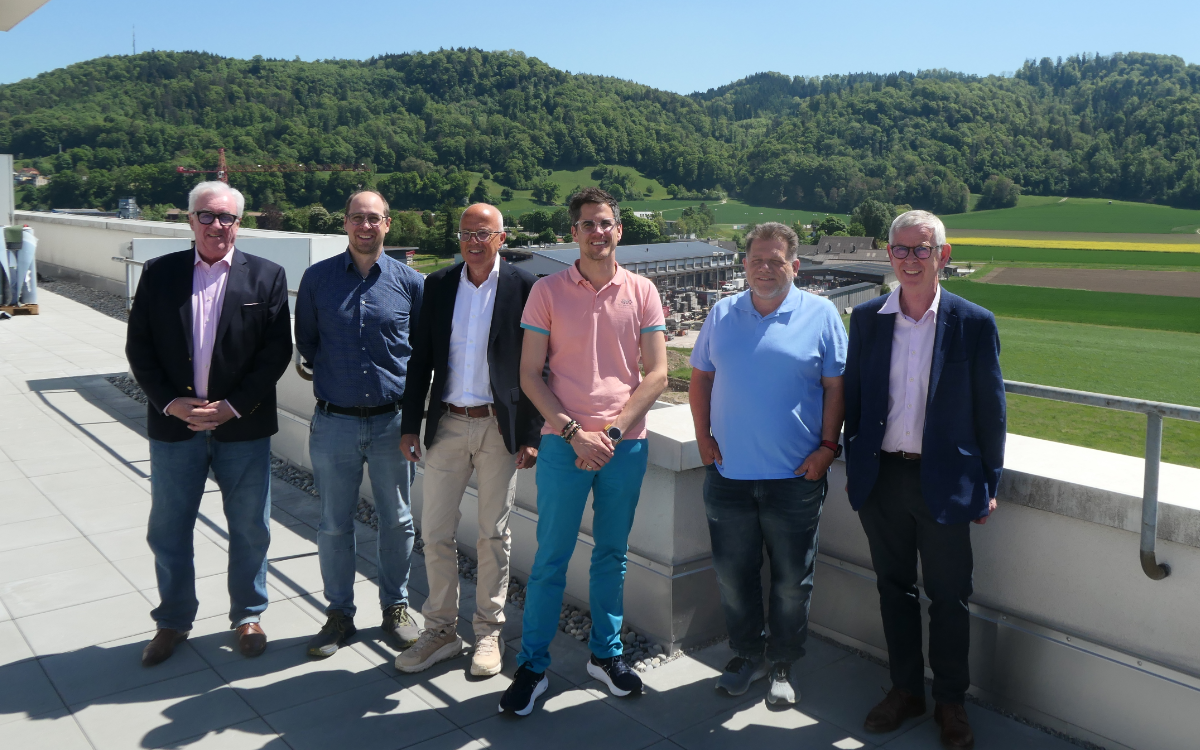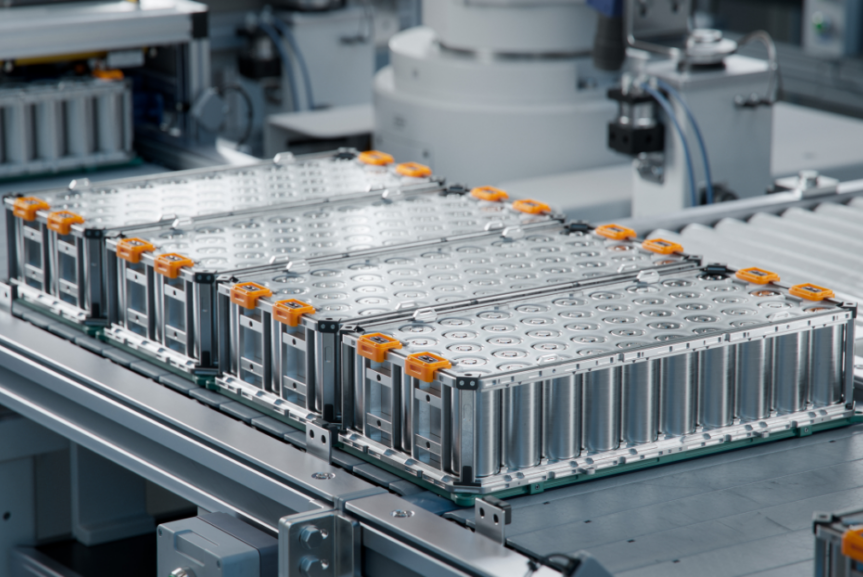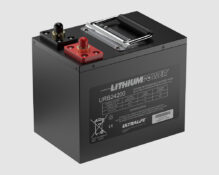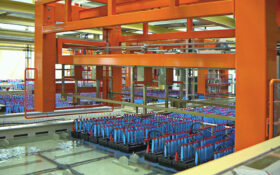The California Department of Toxic Substances Control (DTSC) filed litigation on 14 December against prior owners and operators of the former Exide Technologies smelter in Vernon.
The lawsuit names 10 additional companies DTSC alleges share responsibility of the contamination at the site most recently owned by Exide Technologies.
Exide Technologies was bought for $179 million by Atlas Holdings last year. The battery assests from which were renamed Stryten Manufacturing and the recycling assets Element Resources.
A Stryten spokesman told BEST: “Stryten purchased certain assets unrelated to this matter from the Exide bankruptcy estate. Stryten has no involvement with the Vernon facility or any of the numerous other assets of Exide that Stryten did not purchase.”
Exide’s bankruptcy meant the Vernon smelter was transferred to a ‘vastly underfunded response trust with only enough funds to conduct limited closure activities,’ according to DTSC. This left most of the dangerous contamination at the facility unremediated.
During its nearly 100 years of operation, the smelter reportedly released thousands of pounds of lead and other pollutants into the environment. These releases contaminated the smelter property and thousands of surrounding residential properties, including homes, schools, parks, and child care facilities.
The State department seeks to hold the additional firms accountable for reimbursement of costs California spent to investigate and clean up the site and surrounding area from contamination.
The lawsuit also asks the court to require defendants to investigate and clean up the remaining contamination.
DTSC names US firms NL Industries, Gould Electronics, and Japan company JX Nippon Mining and Metals Corporation as those responsible for the contamination, along with Exide. These companies or their corporate predecessors owned or operated the Vernon facility for decades before Exide assumed ownership.
DTSC is also suing Kinsbursky Brothers Supply, Trojan Battery, Ramcar Batteries, Clarios, Quemetco, International Metals Ekco, and Blount, or their corporate predecessors, which arranged for and/or transported the majority of the hazardous substances that were disposed of or treated at the Vernon facility in the last approximately 30 years of the facility’s operation.
DTSC director Meredith Williams said: “These parties share the responsibility for the contamination plaguing the thousands of people and families who live and work in the shadow of this site.
“With this lawsuit, we are seeking justice on behalf of not only the surrounding affected community, but other communities across the state suffering the impacts of intergenerational environmental injustice.”
The filing is the latest step in the top legal priority for DTSC, and demonstrates California’s determination to make polluters pay for contamination.
In October, a bankruptcy court ruled that Exide Technologies was allowed to abandon its former battery recycling plant in Vernon, despite the protests of state and local officials.
DTSC recently appealed the October 2020 bankruptcy court’s ruling that allowed Exide to walk away from its responsibility to safely close the facility and clean up the toxic contamination. DTSC maintains its claim that Exide is responsible in its appeal of the bankruptcy court’s ruling.
Barbara Zumwalt, public information officer, (DTSC), told BEST: “DTSC’s top legal priority is to make sure polluters pay for the contamination they leave behind, ensuring protection of California’s people and environment from contamination’s harmful effects.
“The State continues to hold Exide Technologies LLC accountable by appealing the bankruptcy court’s recent order that allows Exide to walk away from its obligations. Additionally, DTSC is working with California’s Office of the Attorney General to hold accountable additional parties responsible for contamination caused by operations at the Vernon facility.
“We filed suit against the former owners and operators of the facility and several entities that sent or transported large quantities of hazardous substances to the facility.”

